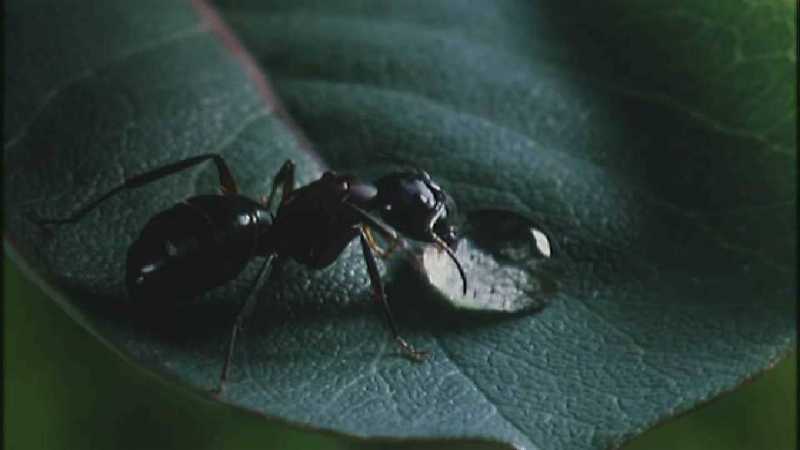|
| Query: ant | Result: 315th of 822 | |
D:\Microcosmos\Ants] [02/10] - 020.jpg (1/1)
| Subject: | D:\Microcosmos\Ants] [02/10] - 020.jpg (1/1)
| | Poster: | Fask7 (Fask7@nospam.netscape.com)
| |

| File size : 25110 bytes
File date : 2001:03:12 17:07:07
Resolution: 960x540
Jpeg process : Baseline
Posted Newsgroups: alt.binaries.pictures.animals
Posted Date: Thu, 01 Mar 2001 13:14:35 GMT |
ERROR : Server Busy(-1105)
ERROR : Server Busy(-1105)
D:\Microcosmos\Ants] [02/10] - 020.jpg (1/1) |
^o^
Animal Pictures Archive for smart phones
^o^
|
|

